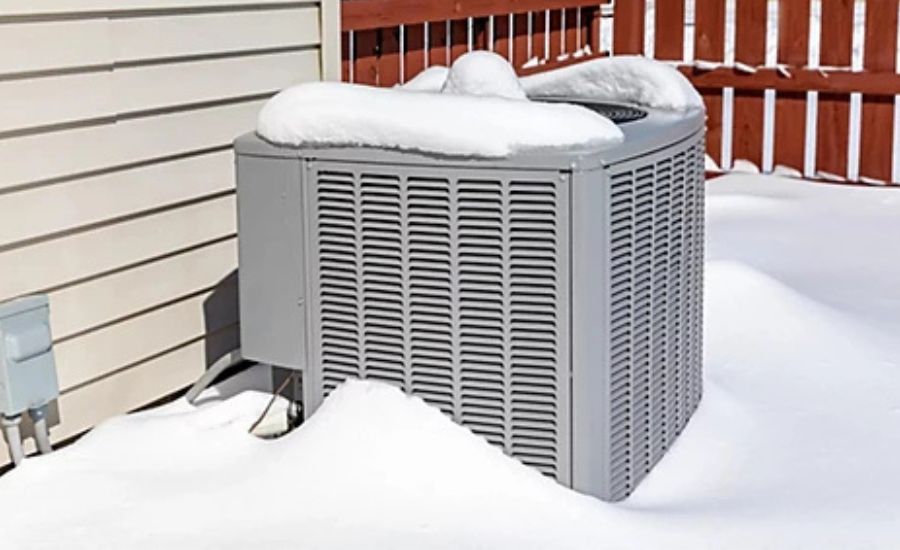There’s nothing worse than coming home on a cold winter evening to find your heating isn’t working. Staying warm during winter is essential for your comfort and health, and troubleshooting common heating issues can save time, stress, and money. This guide covers common heating problems and offers simple troubleshooting tips to keep your home cozy.
Common Winter Heating Issues and Causes
Understanding the root of your heating problem is the first step toward resolving it. Let’s look at a few of the most common issues:
Thermostat Problems
Your thermostat is the brain behind your heating system. If it’s not functioning properly, the furnace won’t heat your home as expected. Common thermostat issues include:
- Incorrect temperature settings.
- Dead or low batteries.
- Dirty or malfunctioning sensor.
Furnace Filters and Maintenance
Furnace filters that are clogged with dust or debris can restrict airflow, making your system work less efficiently or not at all. If the filter is dirty, warm air won’t circulate properly. For issues beyond a dirty filter, appliance repairs like those in Syracuse can help get your system back on track.
Uneven Heating in Your Home
Do you find some rooms are toasty while others are freezing? Uneven heating is often caused by blocked vents, poor insulation, or an outdated heating system.
Pilot Light Issues
Many older gas furnaces rely on a pilot light to ignite heat. If the pilot light goes out due to drafts or buildup, the furnace won’t operate.
Step-by-Step Troubleshooting Tips
Before you panic or pick up the phone, there are a few simple troubleshooting steps you can try at home:
1. Checking and Adjusting the Thermostat
- Ensure that the thermostat is set to “heat” mode, not just “on” or “cool.”
- Double-check the temperature setting to make sure it’s higher than the current room temperature.
- Replace the batteries in the thermostat if they’re dead or low on power.
- Dust off the thermostat sensor to ensure accurate readings.
2. Cleaning or Replacing Furnace Filters
- Locate your furnace filter, typically near the intake or blower compartment.
- Remove the filter and inspect it for dust buildup. Hold it up to the light—if you can’t see through it, it’s time for a replacement.
- Replace the filter with one that matches the size and specifications provided by your furnace manufacturer.
3. Addressing Drafts and Insulation
- Seal any visible drafts around windows, doors, or other openings with weather stripping or caulk.
- Close off unused rooms to focus heat distribution in the spaces you spend time in.
- Check your attic insulation and add more if necessary to retain heat more effectively.
4. Relighting the Pilot Light Safely
- Turn off the furnace and wait a few minutes for the gas to dissipate.
- Locate the pilot light opening and use a long lighter to carefully reignite it.
- If the pilot light keeps going out, it may indicate an issue with the gas supply or a faulty thermocouple.
When to Call a Professional
While many heating issues can be resolved with a bit of DIY effort, some problems require the expertise of a professional. It’s time to call for help if:
- You notice strange sounds, like banging or screeching, coming from your system.
- There’s a persistent burning smell or signs of soot around the furnace.
- Your heating system doesn’t respond, even after trying the troubleshooting steps above.
- You’re experiencing frequent pilot light outages or gas supply issues.
A qualified HVAC technician will diagnose the problem and ensure your heating system operates safely and efficiently.
Conclusion
Now that you’re armed with knowledge about common winter heating problems and troubleshooting tips, you can stay warm and comfortable all season long. Remember to keep up with regular maintenance, such as replacing furnace filters every 1-3 months, to prevent future issues.
